6 Ancient Things That Were Probably Built By Aliens
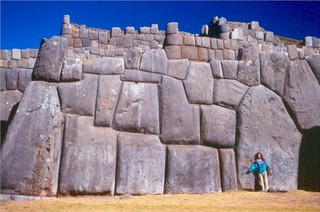 |
?Okay, I’m going to straight up tell you I might be lying with the title of this daily list. Because these structures (all real) that I’m going to list may have been built by aliens but they may also have been built by ancient peoples with technologies that were influenced by aliens, mostly because we can’t figure out how they did it. At all.
This is admittedly a subtle distinction, but either way, these are some mind-bogglingly amazing structures on Earth that we have no fucking clue how they were made by ancient men. Which means the more logical explanation for them is “aliens did it.” Or, at least, “aliens helped considerably.” Either one.
6) The Trilithon at Baalbek
 |
?
The Trilithon is just your regular old everyday temple to the gods in Lebanon. It’s not that exciting, except that the temple is built on three stones that are some of the most massive pieces of building material in the world. The three stones used in the temple base measure 290 feet long and 160 feet wide and weight an astonishing 750-800 tons each. Nearby, in a quarry, sits an unused stone that weighs 1200 tons. That’s the weight of 3 passenger airplanes. How did these ancient masons (maybe Roman, but speculated to be much older than the Roman occupation) cut, transport, and lift these massive stones on top of other stones weighing 350 tons each? No clue.
5) The Nazca Lines
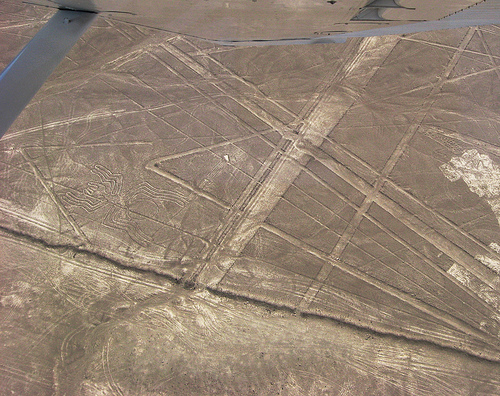 |
?
The real story behind the Nazca lines in Peru isn’t the big shapes of monkeys and hummingbirds that get the tourists excited. True, their purpose can’t be explained readily, but we know how those were made: you figure out a shape and dig until you get to the different colored rock. What’s really interesting are the straight lines criss-crossing the plains. These stretch for up to 15 miles in some cases, but remain perfectly straight the entire way across. One theory is that stakes were connected at either end with something stretched across, and these stakes have even been “found,” but carbon dated to after the time the lines were thought to have been drawn. Also, what could be produced by ancient Peruvian peoples and then stretched for over a mile? And only be appreciated as a straight line from the air?
4) The Palpa Flat Mountain
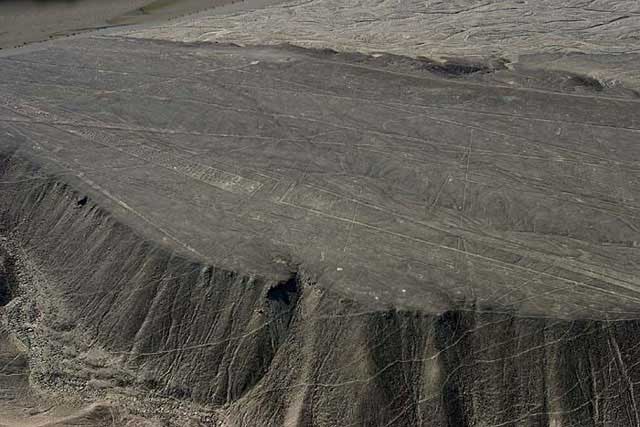 |
?
Another mystery of Nazca is the flat-topped mountain a few miles away from the lines. High above the plain, and containing some of the thicker lines, there is an enormous mountain with a perfectly flat top. It’s very possible that the top of this mountain was completely sheared off by something (or someone) to make this level surface to carve more lines on. But no debris from this earth movement is found scattered around the mountain…
Oh and you know what? Large piles of stone are scattered around the plateau. But not randomly. These piles, when connected like a “connect the dots book,” are believed to be Phoenician writing. From across the Atlantic Ocean.
3) Sacsayhuam?n
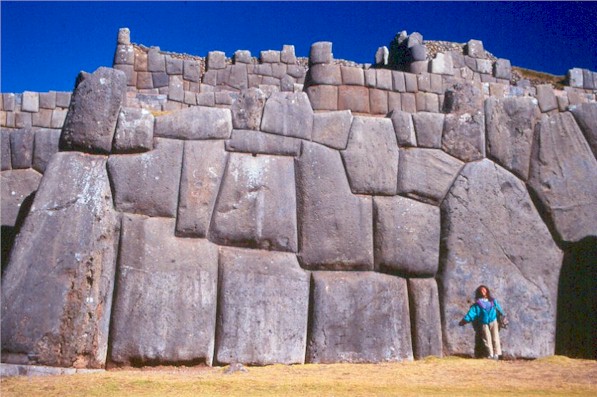 |
?
Again, in Peru, this massive fortress displays a knowledge of stonework that modern man is simply unable to duplicate. These walls of stone are cut and stacked in ways that boggle the mind, fitting together so precisely that even today the seams are so tight that a piece of paper or a razor blade can’t fit between. All stacked without any mortar, held in place through sheer engineering. The stones can weight up to 360 tons, yet were carried from over 22 miles away using… we don’t know. We don’t know what carried these stones that far, we don’t know what could lift them up in the air and on top of other massive stones, we don’t know how they were cut in irregular puzzle shapes and then stacked together in such perfect precision.
2) The Pyramids of Giza
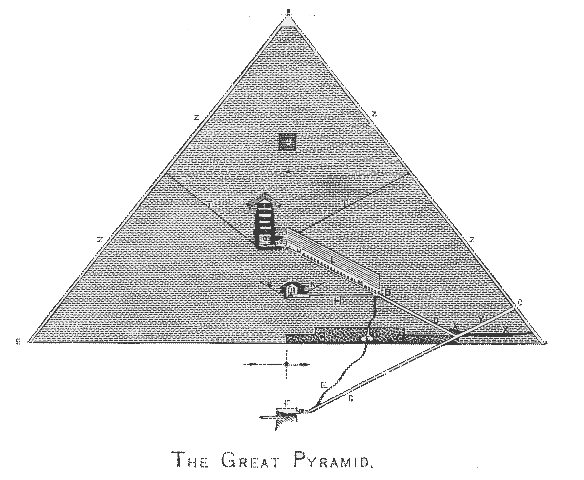 |
?
Quite possibly the granddaddy of mysterious places, it all comes down to the basic theory that “nobody knows jack about the pyramids.” We don’t know why they were built, not sure really what all the chambers in them do (or if we’ve even found them all), aren’t sure what’s beneath them (theories say that enormous faces carved aside the pyramids are continually being covered by sand), and we have no idea how the enormous blocks were put in place, especially without mortar.
The blocks themselves were cut, carved, moved, and lifted miles away from the site, and the old problem of weight in building comes into play again; blocks this heavy would have crushed any sleds or tree trunk rollers that Egyptologists think moved them. The theory or slanted ramps is out the window too, as the amount of people needed to push the blocks couldn’t have fit on the ramps, and the soil around the pyramid base doesn’t show any settling that would have been associated with massive ramps. The juiciest theory? Sonic levitation.
And that doesn’t even explain what the interiors were for (Sonic amplifiers? Power plants? Tombs? Storage?), why they align with the stars in Orion’s belt, or how the interiors were lit to paint the thousands of hieroglyphics on the walls deep in the pyramids. Torches would have produced soot on the roofs and walls, which is not found in the tomb at all and reflected light on mirrors would have dissipated after only a few feet. The pyramids are a mystery and the worst part? Even with all our modern technologies, we still can’t even build a smaller, to-scale replica without ruining our construction equipment.
1) Puma Punka
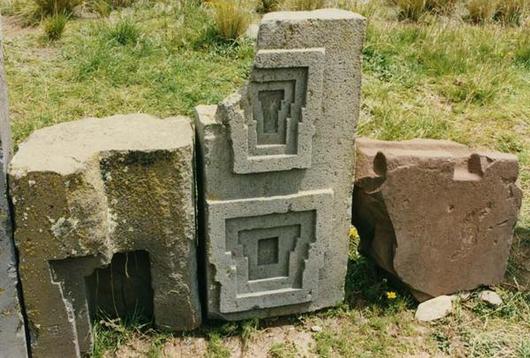 |
?
Seriously, we have no clue. I just learned about Puma Punku in Bolivia recently, and after all the things I’ve read and all the photos I’ve seen, I’m in the camp of people that say, “We don’t know why or how.”
It’s a megalithic structure atop a 13,000 ft plateau with massive blocks fitting together like Legos — again, without mortar. The age is estimated conservatively at about 2000 years old, but many people believe they are much older, with some guesses as early as 14,000 years old. The heaviest of these stones is 450 tons — roughly the same weight as seven M-1 Abrams tanks.
What makes this even more amazing is that many of these blocks were cut from diorite, an insanely hard rock that was used in ancient times to cut other rocks. The grooves in the diorite are machine-made, some as small as a centimeter deep with only 1 mm variation. And all these blocks are cut like this. Even today’s engineers are daunted by this task, and then carting them up a 13,000 ft mountain? Fuck it, we’re saying it’s aliens.
